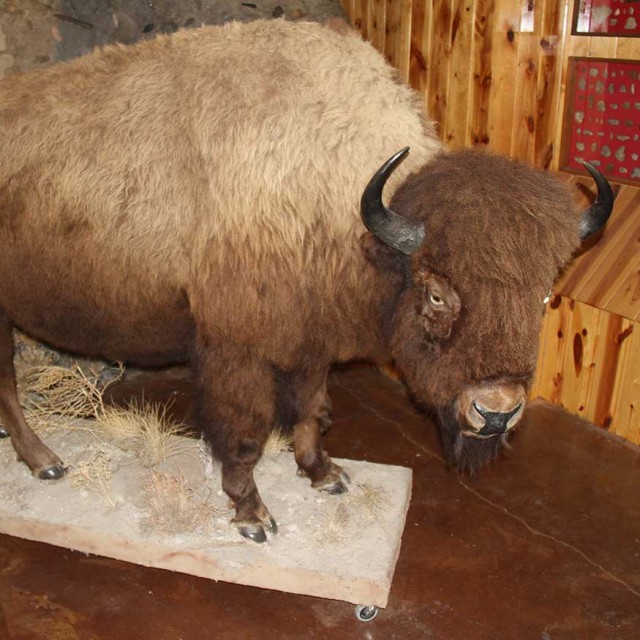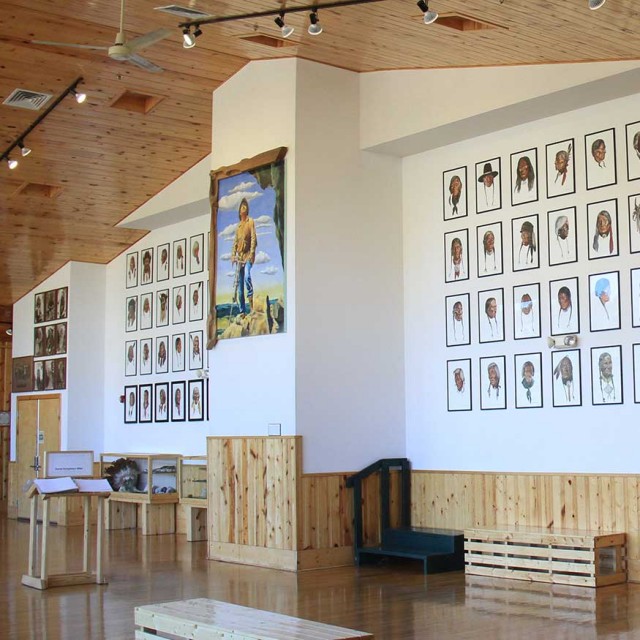Paha Ska’s Tipi on Display at Crazy Horse Memorial
The tipi was the primary choice of residence for many of the Great Plains tribes. Accordingly, “tipi” is the Lakota word for dwelling, housing, building or residence. Because it was easy to deconstruct, pack up, and transport, the tipi proved an invaluable part of the nomadic lifestyle of Great Plains tribes – especially as these tribes moved across the land in pursuit of the buffalo. In addition, the tipi provided shelter against the winds, rains, sun and cold, while still remaining temporary and moveable. The tipi allowed for protection from the elements without altering the landscape – an important point that lends itself to better understanding the Plains peoples’ reverent relationship with nature. Traditionally, women were primarily responsible for preparing the hides of which the tipi was constructed as well as the day to day care of the tipi once it was completed and in use. Likewise, men were most often responsible for decorating the outside of the tipi once it was finished. Working within such traditional gender roles, Paha Ska painted the tipi that is currently on exhibit in THE INDIAN MUSEUM OF NORTH AMERICA® at Crazy Horse Memorial®.
Well-known Oglala Lakota artist Orville Francis Salway (1923 -2005), or Paha Ska as he was named by Ben Black Elk, was born near White Clay, Nebraska, and lived most of his life in the Black Hills area, starting in Rapid City and later moving to Keystone where he sold his artwork and posed for pictures in traditional regalia. The colorful images on the Paha Ska tipi depict the intricate vision of Lakota Holy Man, Nicholas Black Elk. In many ways, Paha Ska utilizes this piece of art to interpret, preserve, and share an important story of Black Elk’s spiritual vision. In addition to the tipi, many of Paha Ska’s other art works are on display throughout THE INDIAN MUSEUM OF NORTH AMERICA® at Crazy Horse Memorial®.


